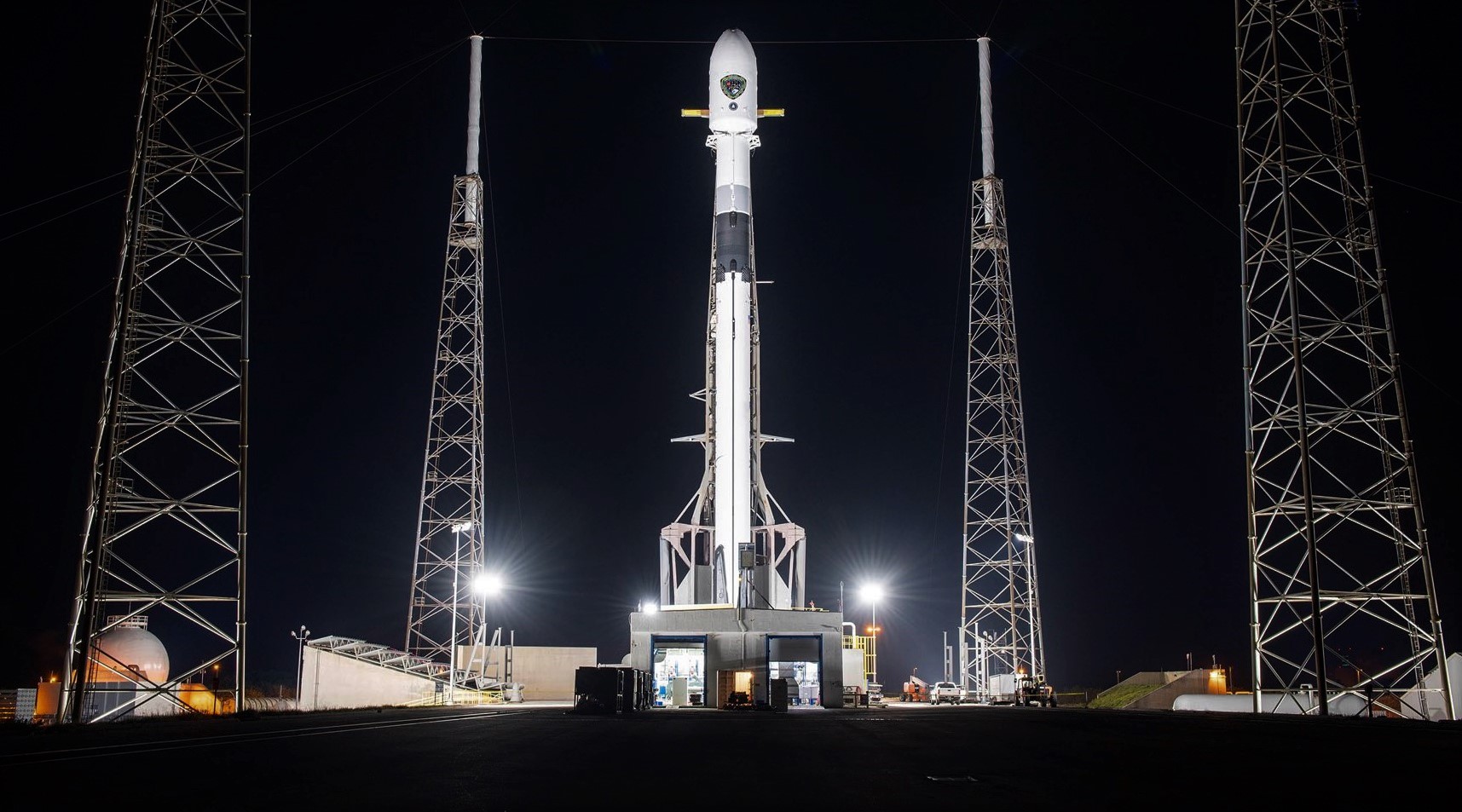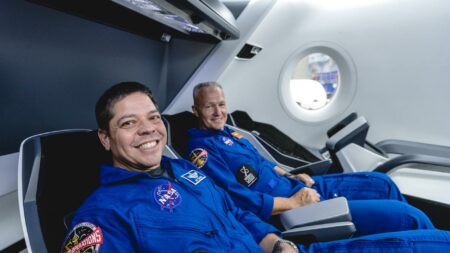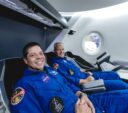Cadence ambitions aside, Starlink-9 and GPS III SV03 are also significant missions for their own reasons. Up first, Starlink-9 will hopefully follow on the heels of SpaceX’s successful June 13th Starlink-8 launch to become the second Starlink rideshare mission, sending two BlackSky imaging satellites into orbit along with 57 Starlink v1.0 satellites. The fact that booster B1051 has nearly broken SpaceX’s rocket reuse turnaround record also suggests that the company is already confident in the flightworthiness of Falcon 9 boosters heading into their fifth launches.
Meanwhile, GPS III SV03 is special because – unlike SpaceX’s first GPS III SV01 launch in December 2018 – the US Air (Space) Force will allow Falcon 9 booster B1060 to attempt a drone ship landing. On SpaceX’s first GPS III launch, the USAF more or less arbitrarily limited Falcon 9’s available performance to leave extreme safety margins in the apparent event of one or more booster engines failing during launch. As a result, Falcon 9 B1054 became the first highly-reusable Block 5 booster to intentionally launch just once. For B1060, the booster will thankfully have a shot at recovery and a long and productive life of 5-10+ more launches. A successful landing could also give the US military its first shot at certifying and reusing a Falcon 9 booster on an operational military satellite launch.










